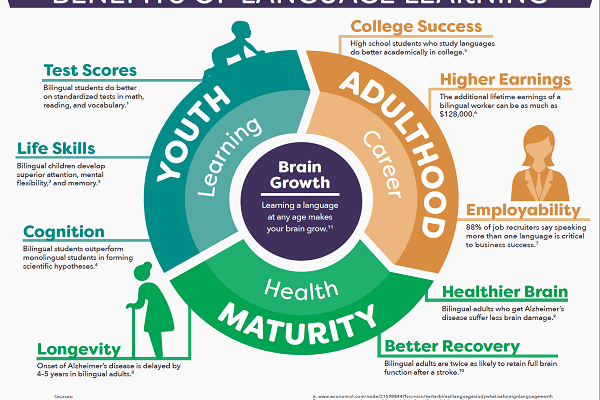In the vibrant tapestry of human communication, language is the thread that binds societies, cultures, and generations. As we navigate through the ever-changing lexicon, we encounter peculiar phrases and expressions that prompt us to ponder their origins and implications. One such phrase that has captured linguistic curiosity is “Does you mean?” At first glance, it may appear as a simple grammatical anomaly, but when examined closely, it offers a window into the fascinating evolution of language.
The Peculiar Evolution of Language
Language is not static; it ebbs and flows, reflecting the dynamic nature of human interaction. From the Old English dialects of the Anglo-Saxons to the digital slang of the 21st century, language has continuously adapted to meet the communicative needs of its speakers. The phrase “Does you mean?” exemplifies this fluidity, showcasing how vernacular adapts and sometimes deviates from standardized grammar.
Historical Context and Grammatical Shifts
The transformation from “do you mean” to “does you mean” can be traced to regional dialects and sociolects, where informal speech patterns often override grammatical conventions. Historically, these deviations have been met with resistance from linguistic purists. However, they also highlight the natural tendency of languages to evolve based on ease of use and efficiency in communication.
Technology and the Acceleration of Language Change
In the digital age, language evolution has accelerated at an unprecedented pace. The rise of texting, social media, and instant messaging has led to the proliferation of new expressions and shorthand communication. “Does you mean” could be seen as a product of this environment, where brevity and speed often take precedence over grammatical accuracy. This shift has sparked debates about the impact of technology on language integrity and the role of digital platforms in shaping modern vernacular.
Understanding the Implications
While some may view phrases like “does you mean” as linguistic faux pas, they offer valuable insights into the organic nature of language development. They remind us that language is not merely a set of rigid rules but a living, breathing entity that adapts to the needs and experiences of its speakers.
The Role of Language in Identity and Culture
Language is a powerful tool for identity expression and cultural preservation. Variations in speech patterns, including those seen in phrases like “does you mean,” can reflect regional identities and cultural nuances. They serve as markers of belonging and community, highlighting the diversity within linguistic landscapes.
Embracing Linguistic Diversity
As we embrace the complexities of language evolution, it is crucial to foster an environment of linguistic inclusivity. Rather than dismissing non-standard expressions, we should celebrate them as part of the rich mosaic of human communication. Understanding and appreciating these variations can enhance our ability to connect with others and broaden our perspectives.
Conclusion
The phrase “does you mean” is more than just a grammatical curiosity; it is a testament to the ever-evolving nature of language. By examining these linguistic quirks, we gain a deeper appreciation for the dynamic interplay between communication, culture, and identity. As we continue to navigate the linguistic landscape, let us remain open to the myriad ways in which language can express the human experience.


I appreciate the balanced view on technological influence on language. The article raises valid points about the trade-off between brevity and grammatical accuracy.
A well-written piece that highlights the fluidity of language. The phrase “Does you mean?” is a great example of linguistic evolution.
The exploration of regional dialects and sociolects is intriguing. It’s interesting to see how informal speech patterns impact standardized grammar.
This article does a great job at explaining why languages evolve and adapt over time. It’s a reminder of how dynamic human communication truly is.
I found the historical context provided in this article very enlightening. It’s amazing to think about how much language has changed from Old English to now.
This article offers a fascinating insight into how language evolves over time. I particularly enjoyed the discussion on how technology influences modern vernacular.